China's "Two Sessions' close with focus on economy
Mar 16, 2016
The two conferences, known as the 'Two Sessions' are the biggest events in China's political calendar.

At the start of every year in China, just as winter season starts to recede, two meetings take centre stage on the country's political scene.
In one of the meetings, about 2,000 Chinese convene in an iconic building known as the "Great Hall of the People," located near Tiananmen Square in China's capital, Beijing. For two weeks, the delegates scrutinise government reports, evaluate government annual performance and present proposals to the state on a range of service delivery and development issues.
This meeting, known as the Chinese People's Political Consultative Conference (CPPCC), comprises of representatives of the ruling Communist Party, political parties, organisations and opinion leaders. It is the country's top political advisory body, although its decisions and opinions are not binding on the state.
Around the same time, the National People's Congress (NPC), the legislative assembly holds its annual meeting to review government and work plans.
The NPC attracts at least least 3,000 delegates representing China's 31 provinces, autonomous regions, municipalities and the armed forces.

Hordes of journalists at a press conference held the glittering Golden Hall located inside the Great Hall of the People in Beijing on Wednesday
The two conferences, known as the 'Two Sessions' are the biggest events in China's political calendar. This year's meetings formally closed this week with the CPPC submitting over 5,000 proposals on service delivery while the NPC approved China's new five-year development plan.
In the midst of global spotlight, the two sessions this year attracted over 3,000 journalists from all corners of the world, including Africa.
Slower, stable growth prospect
China's Prime Minister, Li Keqiang, addressing a press conference shortly after the closing session of the NPC on Wednesday, said the country targets to maintain a 6.5% annual growth between 2016 and 2020.
In 2015, China's economy grew at a rate of 6.9%, slower than impressive growth rates above 7% that the country had maintained for almost a decade, leading to speculation that the country was headed for a downward trend.
Under the new plan, China targets to uplift an estimated 70 million people (about twice the population of Uganda) out of poverty and establish a moderately prosperous country within just five years.
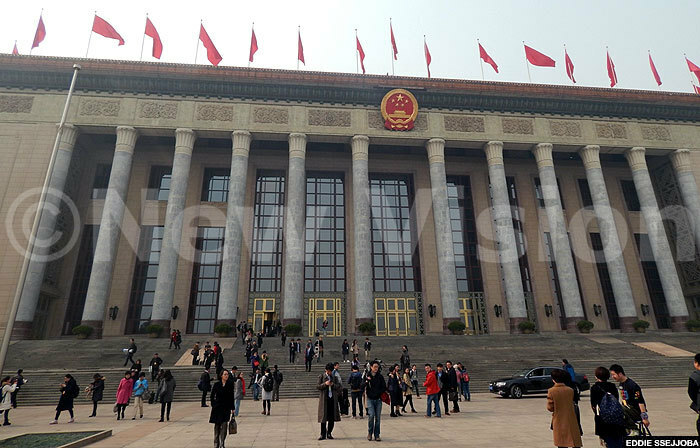
An exterior view of the Great Hall of the People
Keqiang acknowledged that China's economy had been deeply affected by slower growth in the global markets last year, at a time when the country is undergoing structural transformation.
He said the Chinese economy was facing 'difficulties and challenges' but that government had 'full confidence' in the country's future.
"The future of the Chinese economy is still promising because the Chinese market is full of potential, our people are creative, and the supply-side reform as well as the urbanization plan will be able to release more inner dynamics of our market," he said.
The Chinese government has set a growth target at between 6.5% and 7% in 2016, which some analysts say is a sign of China's shift to quality of life, rather than pace of growth.
Keqiang said the growth target would be met by focusing on transforming government functions through realigning public administration and allowing officials to delegate power to improve efficiency.
He also promised that government will provide enterprises with smooth and easy administrative procedures by reducing the number of items that require approval from the State Council.
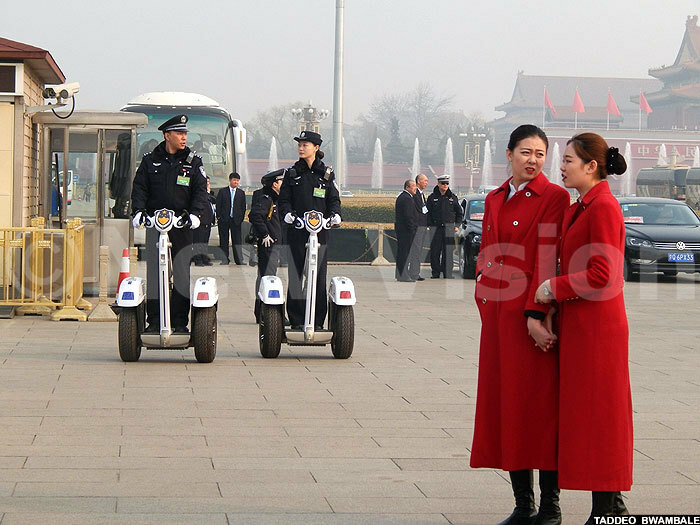
Police personnel perched on scooters on high alert outside the Great Hall of the People in Beijing on Wednesday
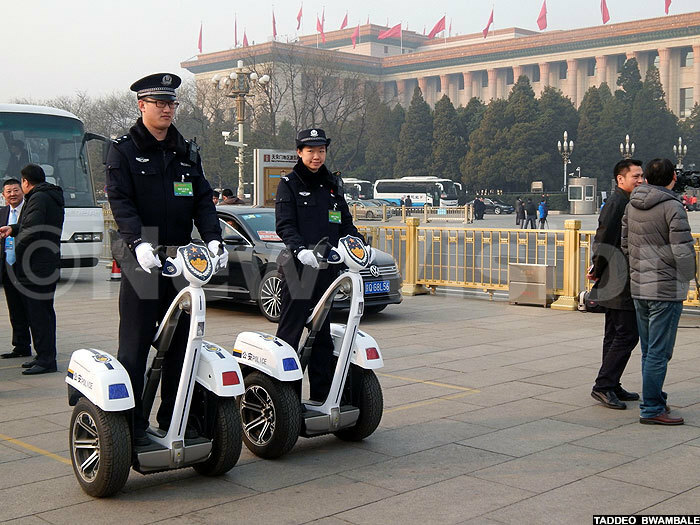
Keqiang downplayed fears that many Chinese workers will be laid off as a result of structural reforms that seek to reduce the country's reliance on heavy industries, saying government would provide 100 billion yuan for such risks.
On trade disputes with the US, Keqiang said focus has been differences between the two global powers, ignoring the fact that the two countries became each other's largest trading partner with trade volumes worth $560b by last year.
"It shows that that interests out-weigh the differences," Keqiang said.
2020 plan at a glance
China's 2016-2020 development plan places emphasis on development of services and measures to address environmental and social imbalances, reducing pollution, increasing energy efficiency, improving access to education and healthcare, and expanding social protection.
This year alone, which marks the beginning of the plan, China targets to create 10 million jobs, keep the local currency exchange rate stable and implement proactive fiscal policy and prudent monetary policy to stimulate growth.
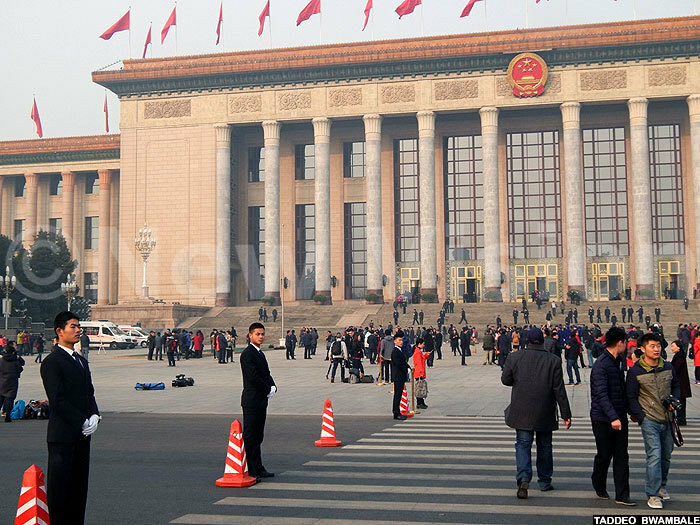
Among the priorities listed in the new plan include: double GDP growth of 2010 by 2020, internet to every citizen improving life expectancy and welfare of Chinese people and ensuring science and technology contribute 60% of economic growth.
the plan is also centred on a shift towards innovation, encouraging business start-ups, strengthening intellectual property rights and negotiating trade and investment agreements with US, Japan, European Union.
Spotlight on China
China has the world's largest population of about 1.3 billion people, and is the second largest economy after the US. It is also the biggest and fastest developing country.
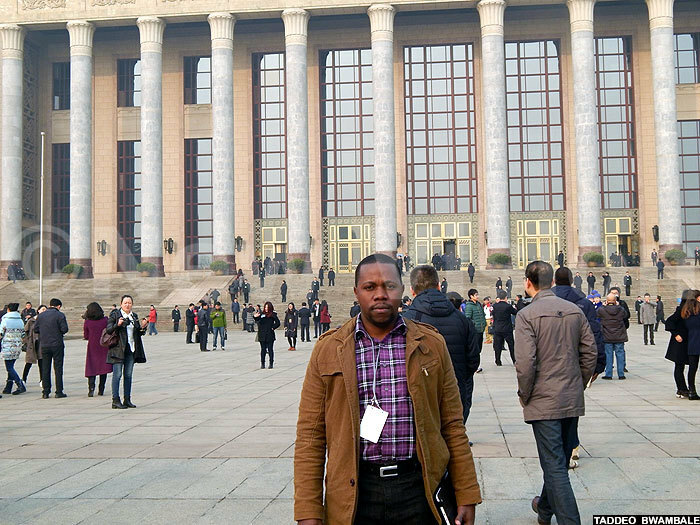
The writer poses for a photo several feet in front of the Great Hall of the People
